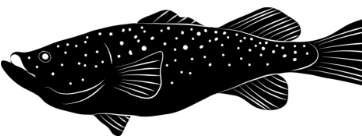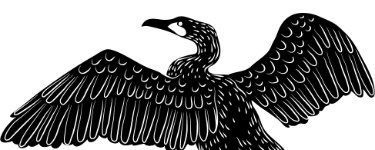Explore the other unique habitats and ecosystems native to Wangaratta.
EXPLORE
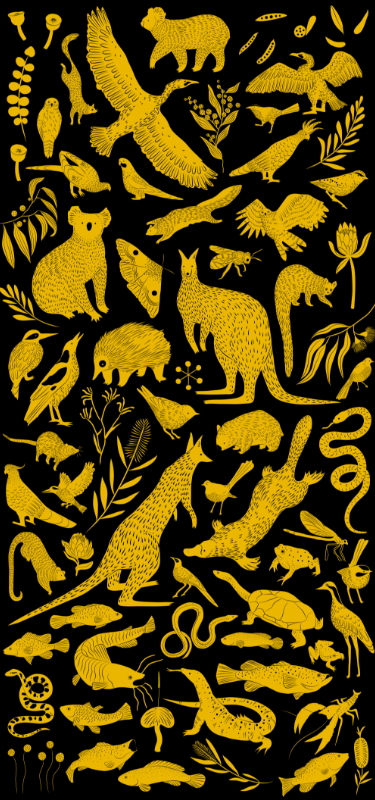
Engage with this story on the Water Tower between Sunset and 23h. You’ll have 5 minutes to walk around the tower and experience this ecosystem come to life.
INTERACT
Experience the Canopy

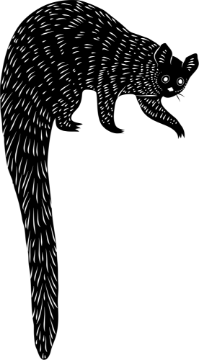

In amongst the River Paperbark, or Melaleucas you’ll find little spotted Pardalote birds and Weebills. On the forest floor, you’ll see the cheerful yellow Billybuttons bobbing their heads, the Clustered Everlasting; and the indigenous species and the Kangaroo Grass. Above and in between the canopy you might catch the Bogong Moth, using Wangaratta as part of their annual migration. The life cycle of the Bogong Moth has captivated people for thousands of years. Indigenous Australians in the region traditionally followed the annual migration to eat the moths and conduct cultural ceremonies after arrival in the mountains.

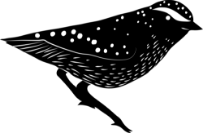

If you’re by the river, usually in the hollow of an old Eucalyptus you’ll peek the Barking Owl staring back at you hauntingly, perhaps patiently waiting for one its prey species, a Glider or small possum who also like to call these hollows their home. Above the owl, just out of its sight for now, a Greater Glider is feeding above, almost exclusively on Eucalyptus leaves and buds. The Squirrel Glider, also found in the canopy, has a more varied diet, eating fruit, insects and also Eucalyptus tree sap or Red Bloodwood trees. Further above in the canopy, and only at night, you’ll see the tufted black silky hairs of the Brush Tailed Phascogale, a rat-sized arboreal carnivorous marsupial who are almost exclusively nocturnal.



Welcome traveller, to the canopies of Wangaratta, where the iconic Red Gums, Grey Boxes, and Red Box Eucalyptus reign, providing excellent habitats for a large range of species. Take a walk between the trees and look up, smelling the distinguishable medicinal Eucalyptus flowers and leaves. Favoring Box Ironbark areas, the Regent Honeyeater is one of Australias most endangered birds, with a population of fewer than 1000 birds. Count yourself lucky if you do see one, it is commonly considered a flagship species within its range, with the efforts going into its conservation having positive effects on many other species that share its habitat. Also within the Box Ironbark forests, you’ll see and hear another endangered migratory species, the swift parrot, with a population of between 2000 - 2500 birds.

‘Our spirituality is oneness and an interconnectedness with all that lives and breathes, even with all that does not live or breathe.’
MUDROOROO
MUDROOROO

THE CANOPY

